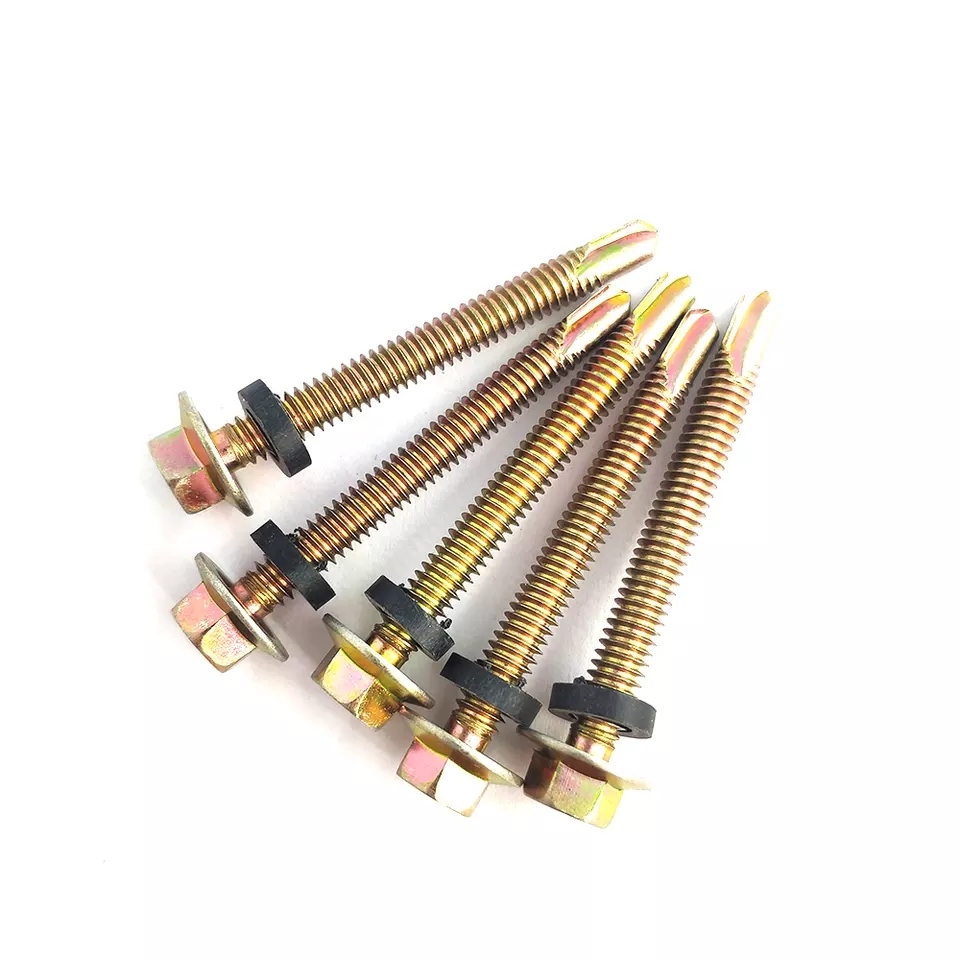- Time:2023/07/05 Posted:Dongguan prospect hardware accessories co.,ltd
Self-tapping screws are incredibly useful for various DIY projects, eliminating the need for pre-drilling holes. Many people wonder if they require a drill to use self-tapping screws effectively. In this article, we will dive into the subject and address the question: Do you need a drill for self-tapping screws?
1. Self-tapping screws basics
Self-tapping screws are unique fasteners with a threaded end that can penetrate and create its mating threads, making it an ideal choice for applications where drilling holes beforehand may be challenging or time-consuming.
2. Advantages of using a drill with self-tapping screws
While it is technically possible to use self-tapping screws without a drill, using one can provide significant advantages. Firstly, a drill can help create pilot holes, facilitating the screw's initial entry. It ensures precision placement and prevents the screw from going off-course. Additionally, a drill can provide the necessary torque to easily drive screws into various materials, making the process faster and more efficient.

3. Cases where a drill is not required
Although using a drill is generally recommended, there are situations where it may not be necessary. For softer materials like wood or plastic, self-tapping screws can often be manually inserted without complications. However, caution must be exercised to avoid over-tightening, which can lead to damage.
4. Tips for using self-tapping screws without a drill
If you find yourself in a situation where a drill is unavailable, or you prefer not to use one, here are some tips for using self-tapping screws without a drill:
- Use a screwdriver with a non-slip handle to exert maximum control while turning the screw.
- Apply gradual and even pressure to prevent the screw from slipping or stripping the material.
- Make sure the screw size matches the intended hole size to avoid splitting the material.
- Pre-drill shallow pilot holes to help guide the screw's initial entrance.
5. Final thoughts
In conclusion, while using a drill with self-tapping screws is highly recommended, it is not always necessary. In most cases, utilizing a drill provides greater precision, efficiency, and ease of use. However, for certain scenarios and softer materials, manual insertion can be a viable option. Remember to choose the approach that best suits your project's requirements and materials.
Ultimately, whether or not you need a drill for self-tapping screws depends on the specific circumstances and your personal preference. Consider the advantages, limitations, and tips provided in this article to make an informed decision on whether to use a drill with self-tapping screws.
